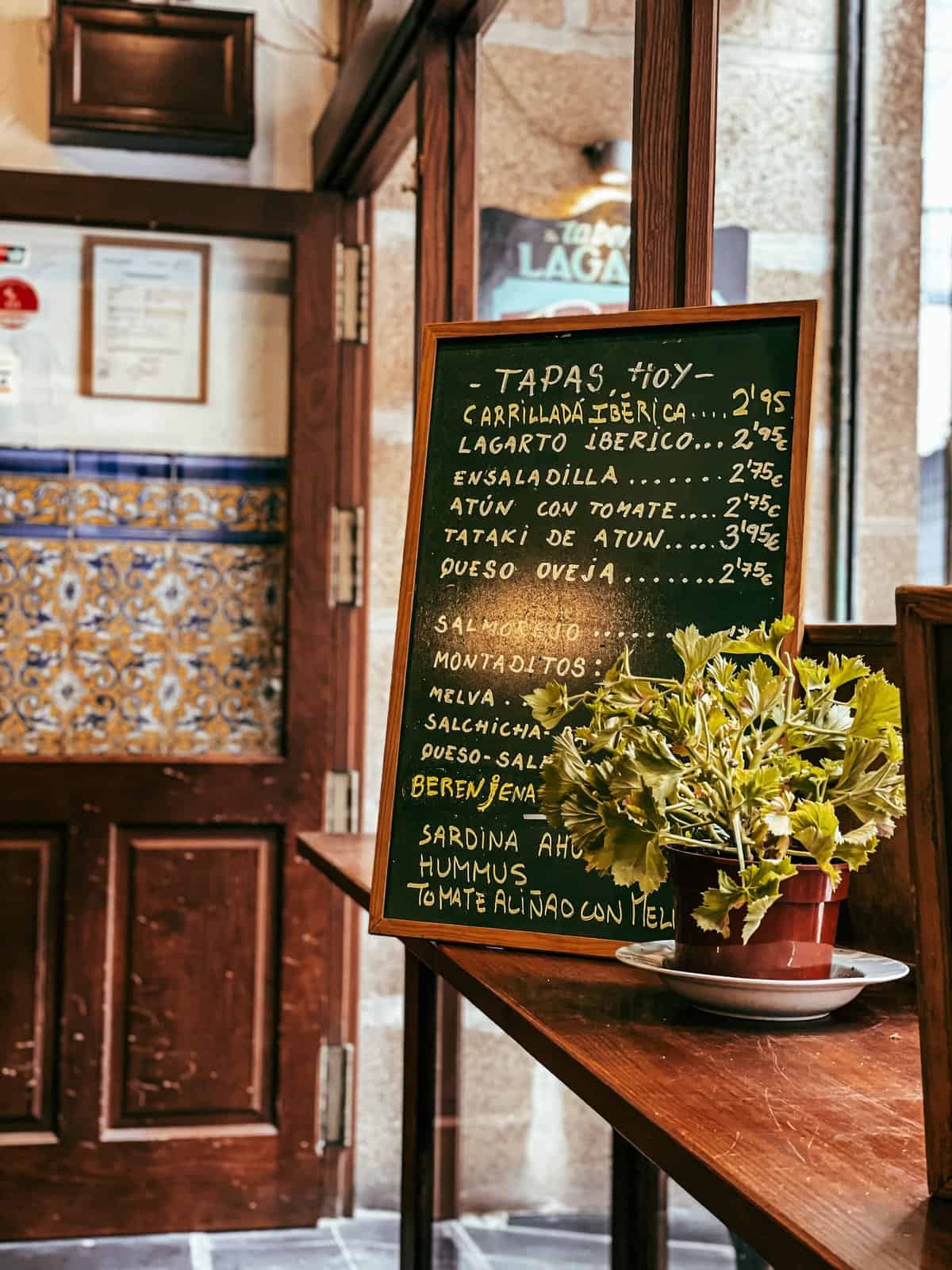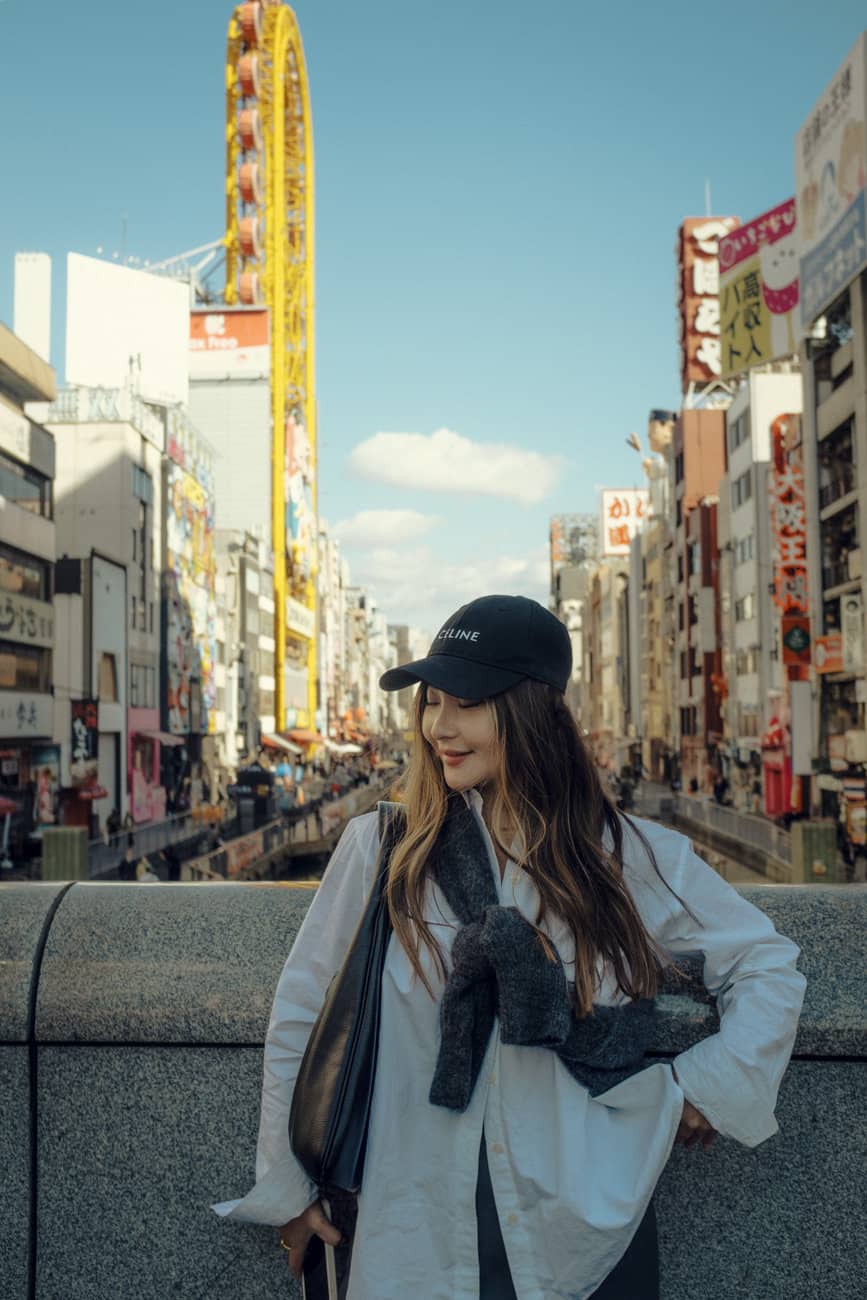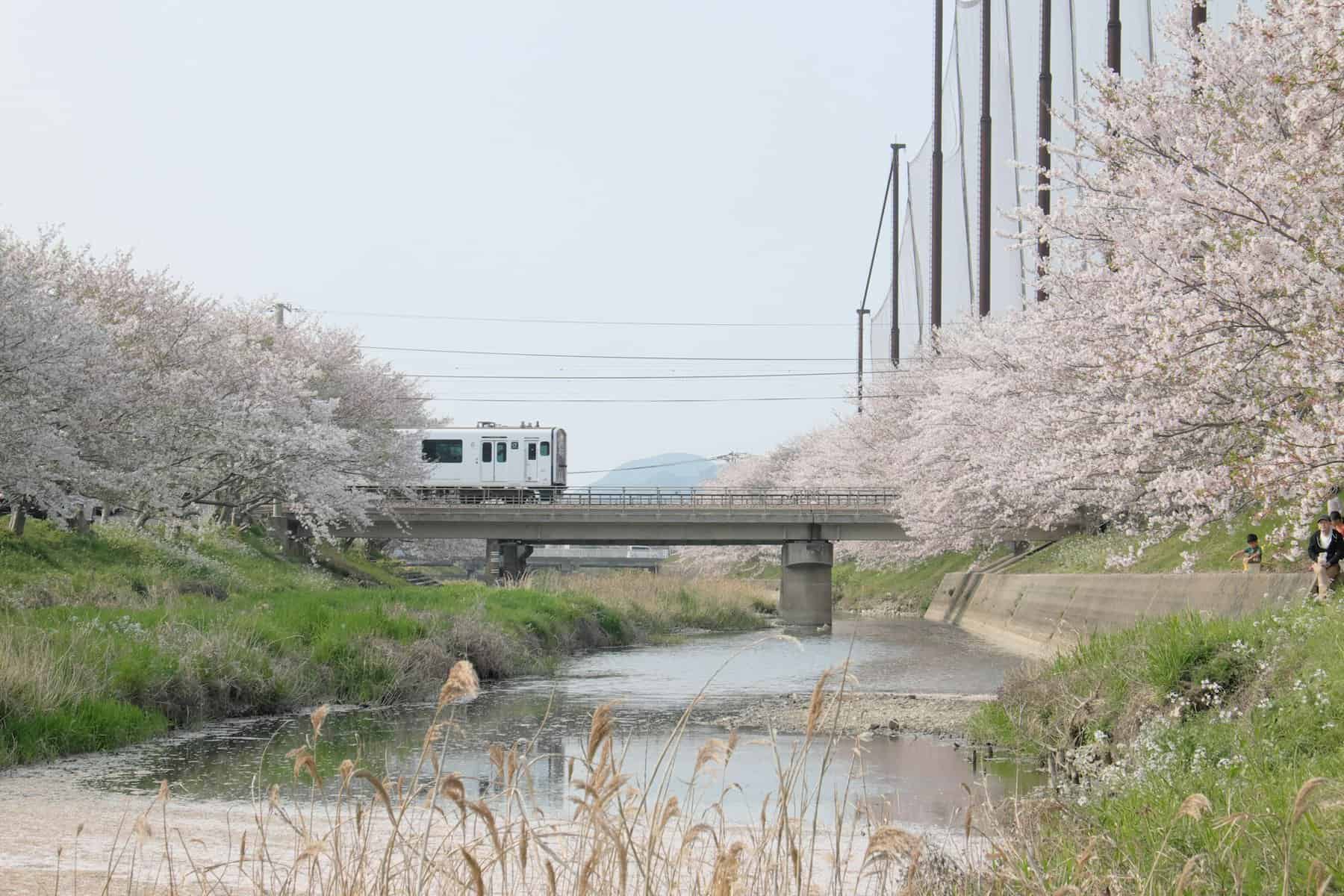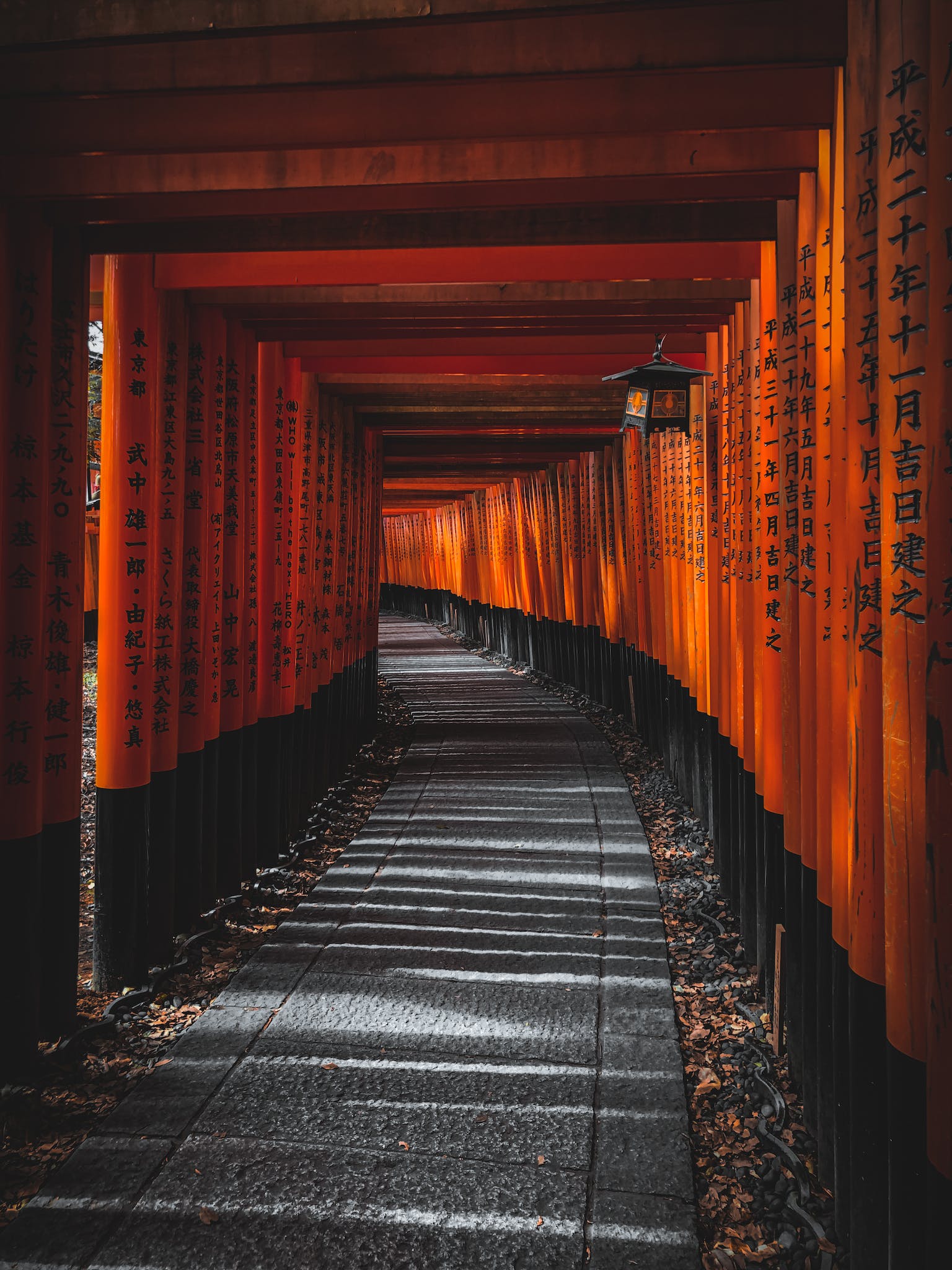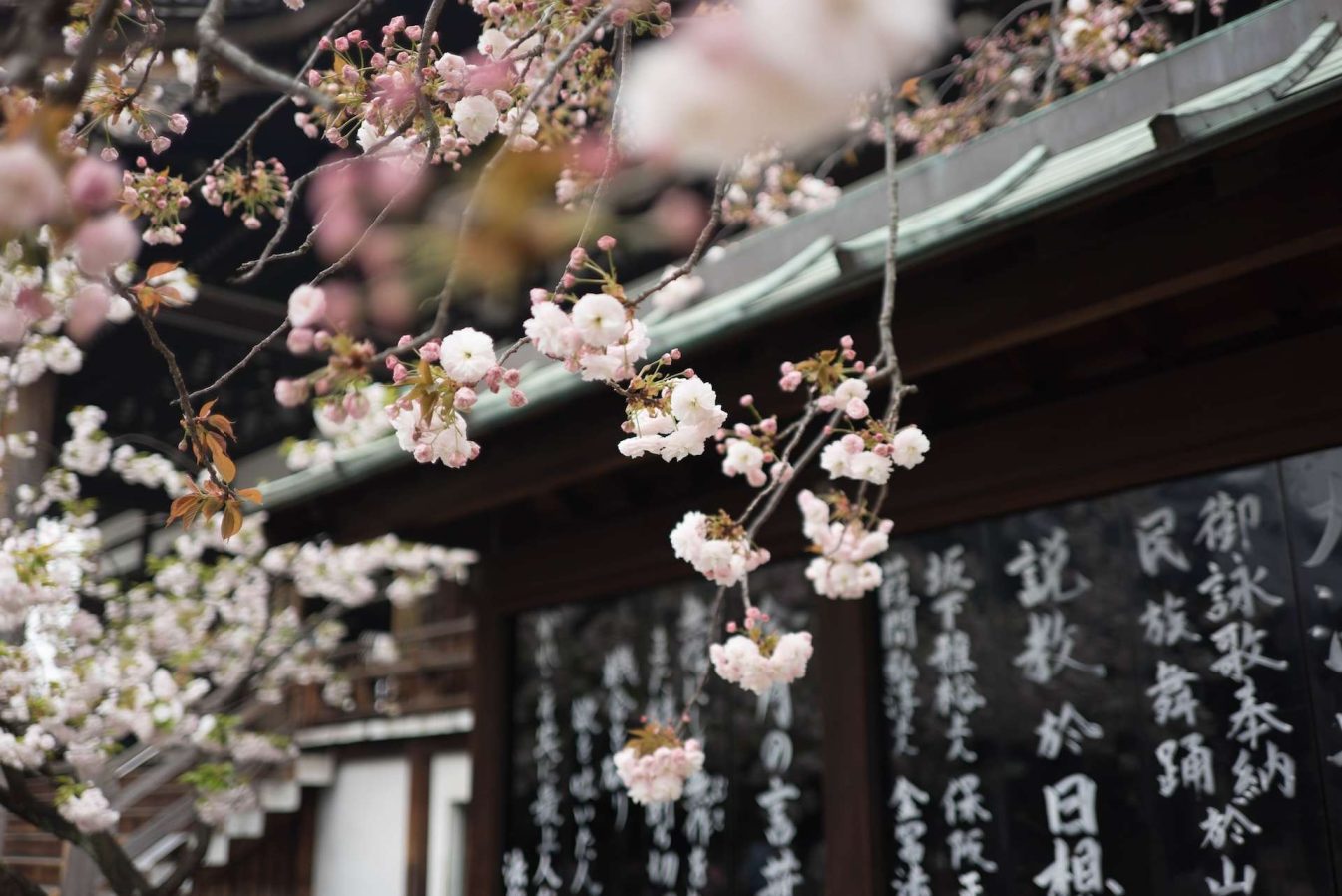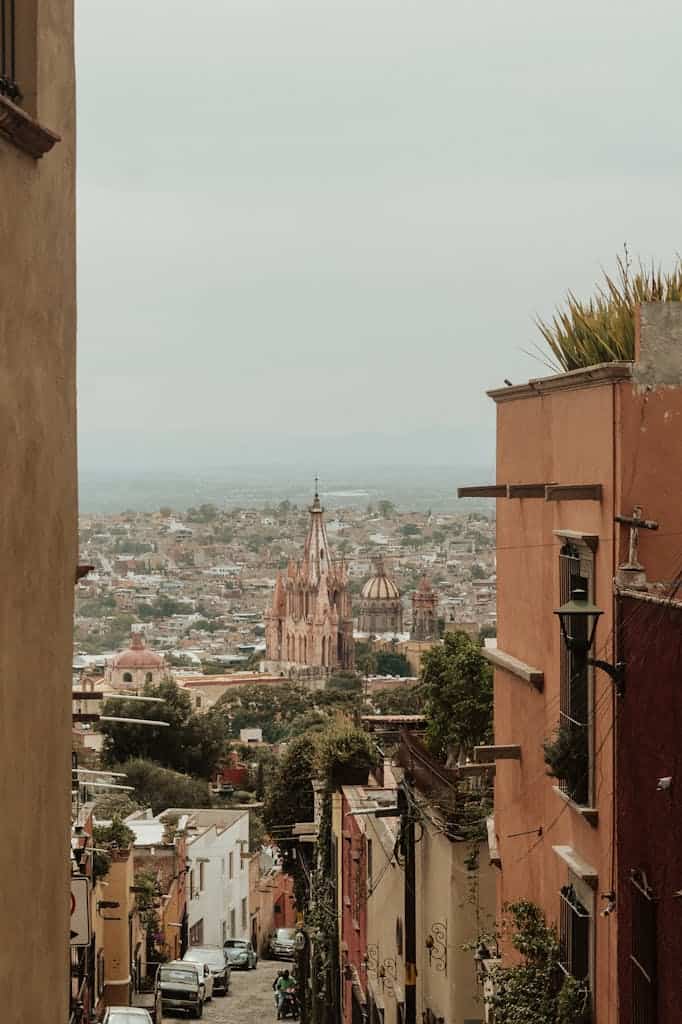Suica vs Pasmo: A handy Guide to Tokyo’s Smart Cards
Visiting Tokyo soon? You’ll want to get your hands on a Suica or Pasmo card, Tokyo’s prepaid smart cards for travel and shopping. But what’s the difference between these two ubiquitous cards? Which one should you choose?
This comprehensive guide will explain everything you need to know about Suica and Pasmo, with tips for maximizing your time in Tokyo.
READY TO BOOK YOUR TRIP?
Best Travel Resources to plan your trip
more helpful travel resources
*This site contains product affiliate links, and I may get a commission, which costs you nothing extra. Thanks for your support

I’m visiting Tokyo soon and did some research on the best way to pay for transportation and shopping. Here’s what I learned about Suica and Pasmo cards:
Important Notice: Due to global shortages of semiconductor materials, the sale of physical Suica and Pasmo cards is suspended indefinitely as of August 2022 until further notice. However, there are some alternative options:
- Add a digital Suica or Pasmo card to your iPhone wallet (for Apple Pay)
- Purchase a physical “Welcome Suica” card designed for foreign tourists
- Purchase a physical “Pasmo Passport” card designed for foreign tourists
See below for more details on these options.
What are Suica and Pasmo?
- Suica and Pasmo are rechargeable prepaid smart cards used for travel and shopping in Tokyo and other areas of Japan
- They use “tap” technology – just touch the card to the reader for a second to pay for trains, buses, shops, vending machines etc.
- Suica is issued by JR East rail company, Pasmo is issued by a consortium of rail and bus operators
- They are fully interchangeable – you can use either card on any train line or bus in Tokyo and most of Japan
Suica and Pasmo are both prepaid IC cards used for transportation and payments in Tokyo and other cities in Japan.
Suica Card

- Suica is an IC card issued by JR East railway company
- Uses “tap” technology – just touch card on reader to pay
- Can be used on all JR trains, subways, buses in Tokyo and other cities
- Also accepted at shops, vending machines, convenience stores etc.
- Comes with a 500 yen refundable deposit, minimum 1000 yen charge
- Penguin mascot on card design
- Can register name (requires Japanese address)
- Available at JR train stations and Narita/Haneda airports
about welcome suica card

Here are some key details about the Welcome Suica card:
- Welcome Suica is a special version of the regular Suica card designed for foreign tourists
- It can be purchased at Narita Airport and Haneda Airport train stations
- No 500 yen deposit is required, so it costs only the minimum 1500 yen initial charge
- The card is pre-activated so you can start using it immediately
- It has a penguin mascot design on it like the regular Suica card
- The Welcome Suica has a 28-day validity period from first use
- It can be returned for a partial refund of the remaining balance (minus a handling fee)
- Just like a regular Suica, it can be used on all JR trains, metro lines, buses, and in stores in Tokyo and other cities
- It’s a very convenient option for foreign tourists arriving at Tokyo’s airports to have a Suica card ready to go
- As it is pre-activated, there is no need to find a ticket machine to activate it before first use
- Makes getting around Tokyo via public transportation easy right from the start of your trip
- come without a deposit fee, the welome Suica Cards but do not allow for refunds.
So in summary, the Welcome Suica card is a tourist-friendly version of the standard Suica card, available at Narita and Haneda airports, with no deposit required and ready to use immediately upon arrival.
Pasmo Card & passmo passport card

- Pasmo is an IC card issued by a consortium of railway/bus operators
- passmo passport is only available for tourists and is valid for 28 days . The money is not refundable and currently the 500 yen fee is being waived due to the chip and card shortages
- Uses “tap” technology like Suica
- Can be used interchangeably with Suica on all trains, buses etc.
- Accepted at shops and vending machines like Suica
- Minimum 1000 yen charge, 500 yen refundable deposit
- No mascot, but has special limited edition card designs
- Cannot register name to card
- Available at subway stations and Narita/Haneda airports
Key Differences between Suica vs Pasmo pasmo vs suica
While very similar, there are some minor key differences between these two cards:
| Feature | Pasmo Card | Suica Card |
|---|---|---|
| Issuer | Private railways and bus operators | JR East |
| Area | Tokyo and surrounding regions | Tokyo, Sendai, Niigata, and surrounding regions |
| Purchase locations | Subway stations, Narita/Haneda airports | JR stations, Narita/Haneda airports |
| Fares | Same as Suica | Same as Pasmo |
| Design | No mascot, special editions available | Penguin mascot |
| Personalization | Not available | Available (requires Japanese address) |
| Refunds | Not available | Available (small handling fee) |
In summary, the two cards are interchangeable for transit use and only differ in where they can be obtained and minor features like design. Both Pasmo and Suica provide convenience and ease of use for getting around Tokyo.
Where to Buy Suica and Pasmo Cards
- Suica: At JR stations, Narita/Haneda airports
- Pasmo: At subway stations, Narita/Haneda airports
Tip: save yourself a huge hassle and get your pasmo or suica card at the aiport ! Once you leave the airport it’s a huge hassle to get them as many places don’t have them readily available due to the chip shortage.
Card Designs of Suica and Pasmo Cards
- Suica has a cute penguin mascot design
- Pasmo has no mascot but has limited edition decorated card designs
Personalization of Suica and Pasmo Cards
- Suica can be registered with your name (requires Japanese address)
- Pasmo cannot be personalized
Refunds on Suica and Pasmo Cards
- Suica: Available but subject to small handling fee
- suica welcome & pasmo passport: not refundable
- Pasmo: Not available
The differences are minor for most visitors. You can use both cards interchangeably across Tokyo’s entire rail network and beyond. The only practical difference is where you can buy them when you arrive.
Buying a Suica or Pasmo Card pasmo vs suica
It’s easy to purchase a Suica or Pasmo – here are your options:
Vending Machines
due to the shortage of these cards , make sure to get yours at the aiport vending machine or aiport station desk
- Suica: At any JR station
- Pasmo: At any subway station
Ticket Offices
- Available for purchase at major stations for either card
Airports
- Sold at Narita and Haneda airport rail stations
Online
- Suica can be purchased online ahead of time and shipped overseas
Mobile
- Can be added to Apple Pay (only iPhones)
Cards cost a minimum of ¥1000 for adults and ¥500 for children. This includes a ¥500 refundable deposit.
I recommend buying your card as soon as you arrive at the airport train stations or your first metro station in Tokyo. The English interface makes it quick and hassle-free.
Topping Up and Recharging Suica and Pasmo Card
It’s easy to add money to your card during your stay:
- Train station vending machines
- Ticket office counters
- IC charge machines at stations
- Convenience stores
The maximum balance is ¥20,000. I suggest topping up ¥4000-5000 at a time.
To check your balance, just tap the reader on your way through the ticket gate – the balance will display.
What happens if my Suica or Pasmo runs out of money mid-trip in Japan?
Here’s what to do if your Suica or Pasmo card runs out of money while traveling in Japan:
- Don’t worry, you have options! The first thing is don’t try to exit the station yet.
- Look for a “Fare Adjustment” machine near the exit gates. These machines allow you to add money to your card if the balance is too low.
- At the Fare Adjustment machine, insert your Suica or Pasmo card. The machine will calculate the additional fare needed and prompt you to insert cash or use a credit card to add money.
- Add at least 2000-3000 yen to avoid running out again soon. The maximum amount per top up is 20,000 yen.
- Once the additional fare has been paid, you can tap your card at the exit gate sensor as normal to exit the station.
- If there is no Fare Adjustment machine, go to the ticket office counter. Staff can help add money to your card there.
- Worst case, if you somehow exit without paying the additional fare, you may be stopped by station staff to pay the balance. Just explain the situation politely.
So in summary, don’t panic if your card runs out mid-journey. Look for a Fare Adjustment machine or ticket counter to add funds before tapping out at the exit gate. Carrying some extra cash for these situations is advisable.
Getting a Refund
To get your ¥500 deposit back, along with any remaining balance, return your card at a JR ticket office (for Suica) or metro ticket office (for Pasmo).
A small handling fee of ¥220 will be deducted from the balance. Note that no refunds are available for Pasmo cards.
More Japan Articles
Using Suica or Pasmo Cards
Using the cards is simple – just touch the reader for entry/exit at train stations and bus stops.
Tip: Make sure you tap in and tap out at every station or else the card will give you an error upon the next station!
Key things to know:
- Works on all JR, subway, private rail and bus lines
- Does NOT work for shinkansen or limited express trains – you need to buy a separate ticket
- Can be used at convenience stores, vending machines, shops displaying the Suica/Pasmo logo
- Cards are fully interchangeable – no need to worry about Suica vs Pasmo!
- Children MUST use child’s card for discounted child fares
Top Tip: Keep your card in a separate pocket or bag compartment so it’s easy to access when going through ticket gates. Don’t want to hold up the line behind you!
tips on how to use Suica, Pasmo and other IC cards in Japan:
- Touch the card to the IC reader for about 1 second when entering and exiting train stations or buses. Don’t insert into a slot.
- Keep the card in a separate wallet or pocket to avoid accidentally using a different card. Have it easily accessible.
- When using for the first time, let the gate scan fully before walking through. Subsequent scans can be quicker.
- When using on the bus, scan when entering in the front. Some buses also require scanning when exiting from the rear door.
- Card readers are also located around stations for recharging your balance.
- You can touch the IC reader when shopping at convenience stores, vending machines etc to pay if they have the Pasmo/Suica logo.
- Balance is displayed each time you scan the card at a transfer gate or retail IC reader.
- If your balance is too low at the exit gate, use a fare adjustment machine before tapping out.
- Do not bend cards as this can damage the IC chip and make them unreadable.
- Hold cards vertically flat against the readers rather than tapping at an angle.
- Keep cards away from magnets or electronic devices that could demagnetize.
- Enter and exit using the same IC card type used to enter. Do not mix Suica and Pasmo in one trip.
Common Suica/Pasmo Questions
Here are answers to some frequently asked questions:
- Can cards be shared? No, each passenger needs their own card.
- What happens if your balance is too low? Go to the fare adjustment machine before exiting the station to add funds.
- Are the cards accepted outside Tokyo? Yes, they work in most major cities across Japan.
- Can you use them on shinkansen? No, you need to buy a separate shinkansen ticket.
- Do they expire? Yes, after 10 years of inactivity.
Choosing Suica vs Pasmo
For most visitors, there is very little practical difference between Suica and Pasmo cards. Both offer convenience for travel and shopping.
The only key factor is where you can purchase them when arriving in Tokyo:
- Arriving by Narita Express train – buy either card at the JR station
- Arriving by Keisei Skyliner train – buy a Pasmo card at the metro station
- Arriving by bus to Tokyo Station – buy either card at the JR station
My advice is not to stress about choosing between them! Buy whichever card is most convenient based on your arrival station. Top it up as needed during your stay.
Pro Travel Tip: Purchase a Suica card online before your trip for maximum convenience. It can be shipped to you overseas. Just top it up on arrival.
Is Suica accepted everywhere in Japan?
No, the Suica card is not accepted everywhere in Japan. Here are some key limitations on where Suica can be used:
- Suica is issued by JR East, so its primary coverage is in the eastern and northern parts of Japan, including Tokyo, Sendai, Niigata, and surrounding regions.
- Outside of JR East’s network area, the Suica can only be used on a limited number of rail lines and buses. It does not have nationwide coverage.
- Suica is not accepted on railways operated by other Japan Rail companies like JR West or JR Kyushu.
- For travel between or within other parts of Japan, such as Kansai, Hokkaido, or Kyushu, you would need to get an IC card for that region, such as Icoca, Kitaca, or Sugoca.
- Suica is also not accepted on some private railways, BRT buses, and local bus networks, especially outside of the Greater Tokyo area.
- While Suica can be used at many shops and vending machines, it is not universally accepted at all retailers across Japan.
Is Suica or Pasmo better for Tokyo?
For travel within Tokyo, there is no major difference between using a Suica or Pasmo card. Both can be used interchangeably on Tokyo’s rail network and offer the same conveniences. Some key points:
- Coverage – Suica and Pasmo can both be used on all metro lines, JR trains, buses, and private railways across Tokyo’s public transport system.
- Purchase locations – Suica can be bought at JR stations, Pasmo at subway stations. Both are available at the airports.
- Acceptance – The cards are accepted in the same places like shops, vending machines, taxis etc across Tokyo.
- Fares – There is no fare difference between using Suica or Pasmo on trains and buses. The deducted amount is identical.
- Refunds – Pasmo does not allow refunds except at Narita/Haneda airports. Suica allows refunds minus a handling fee.
- Design – Suica features a fun penguin mascot. Pasmo has plainer designs.
So in essence, it does not matter much whether you choose Suica or Pasmo for getting around Tokyo. The key is to just get one of the cards as soon as possible when arriving in Tokyo for convenience of use. Some minor perks like design or refundability may make Suica slightly preferable for tourists. But both cards work great across Tokyo’s vast public transportation network.
Is Suica usable in Kyoto?
The Suica card has limited usability in Kyoto and the Kansai region. Here’s a quick overview:
- For JR trains, Suica can be used at stations in Kyoto served by JR, such as Kyoto Station and Nijo Station.
- However, it cannot be used for private rail lines in Kyoto like the Karasuma Line or Hankyu Kyoto Line.
- Suica also does not work on any rail lines served by other JR companies like JR West or JR Shikoku.
- For buses, Suica is only accepted on a small number of municipal buses operated by Kyoto City Bus and JR Bus. Most private bus operators do not accept Suica.
- In terms of shopping, Suica can be used at some convenience stores, vending machines and other shops displaying the Suica logo in Kyoto. But acceptance is not universal.
Can you buy Suica card at Haneda Airport?
Yes, you can easily purchase a Suica card at Haneda Airport in Tokyo. Here are the options for buying a Suica at Haneda Airport:
- Train Station Ticket Machines – In the Tokyo Monorail station and Keikyu Airport Line station at Haneda, there are ticket machines that dispense new Suica cards. The machines have an English option.
- Train Station Ticket Offices – You can also buy a Suica card at the JR ticket office in the Tokyo Monorail station and the Keikyu ticket office.
- Information Counters – There are airport information desks in the arrival lobbies of both the domestic and international terminals that sell Suica cards.
- Convenience Stores – Many shops like 7-Eleven in the concourses also sell Suica cards now.
- Vending Machines – There are dedicated Suica vending machines located in some areas of the airport terminals.
When purchasing your Suica card, you’ll need to pay a 500 yen deposit plus a minimum initial charge of 1500 yen. The card can be used immediately after purchase on trains and buses to Tokyo. It’s very convenient to get a Suica card right upon arrival at Haneda Airport to use for smooth travels onwards.
Is it cheaper to use Suica card?
Using a Suica card is not necessarily cheaper than buying paper tickets, but it does offer some potential small savings and conveniences:
- For short train and bus journeys within Tokyo, Suica is usually slightly cheaper than paper tickets by a few yen. This is because fares are not rounded up to the nearest 10 yen increment when using Suica.
- However, for longer distance trips, paper tickets can sometimes be marginally cheaper than Suica if they allow use of discounted train cars.
- For convenience, Suica eliminates having to calculate fares and purchase individual paper tickets for each ride.
- When traveling with companions, group paper tickets are often cheaper than individual Suica use.
- For occasional riders, Suica avoids having to purchase single ride tickets every time.
- When transferring between routes, Suica offers a discounted transfer fare which can save money compared to new tickets.
So in short, while Suica can save a tiny amount on shorter rides in big cities, it does not provide across-the-board discounts compared to paper tickets. The convenience factor is usually the bigger incentive for frequent travelers to use Suica. For long trips or group travel, paper tickets can be the cheaper choice in many cases.
How do I use Suica on Apple wallet?
Here are step-by-step instructions for setting up and using a Suica card on Apple Wallet for iPhones:
- Open the Wallet app on your iPhone.
- Tap the “+” icon to add a new card.
- Select the Suica card option.
- Follow the on-screen prompts to enter your Apple ID password and agree to the Suica terms.
- Your digital Suica card will now be added to Wallet.
- You can charge your digital Suica by linking a credit card or adding funds from an existing plastic Suica.
- To use, simply hold your iPhone near the Suica reader at train station gates or shops.
- No need to wake your phone – just hold near the reader.
- The Suica will activate and a transaction notification will appear on your phone.
- Check your Suica balance anytime by opening Wallet and selecting your Suica card.
A few tips:
- Keep your iPhone charged sufficiently to ensure your digital Suica is usable.
- You can hold your Apple Watch near readers instead of iPhone.
- If phone is dead, you may need a backup plastic Suica card.
- Important: To Add money ot the card you can only use a Mastercard or Amex card to add funds.
The Bottom Line
Hope this guide has helped demystify Suica and Pasmo cards! The key takeaways are:
- Super convenient and essential for travel and shopping
- Used interchangeably across entire Tokyo transit system
- Purchase on arrival at metro or JR stations
- Easy to recharge balance during stay
- Return for refund (minus small fee) at end of trip
I highly recommend getting a Suica or Pasmo as soon as you arrive in Tokyo. It makes getting around quick, easy and hassle-free. Enjoy your Tokyo trip!
Ultimate japan travel planning Guide
Planning a trip to japan:
find these helpful articles and resources to plan your trip to Japan:




